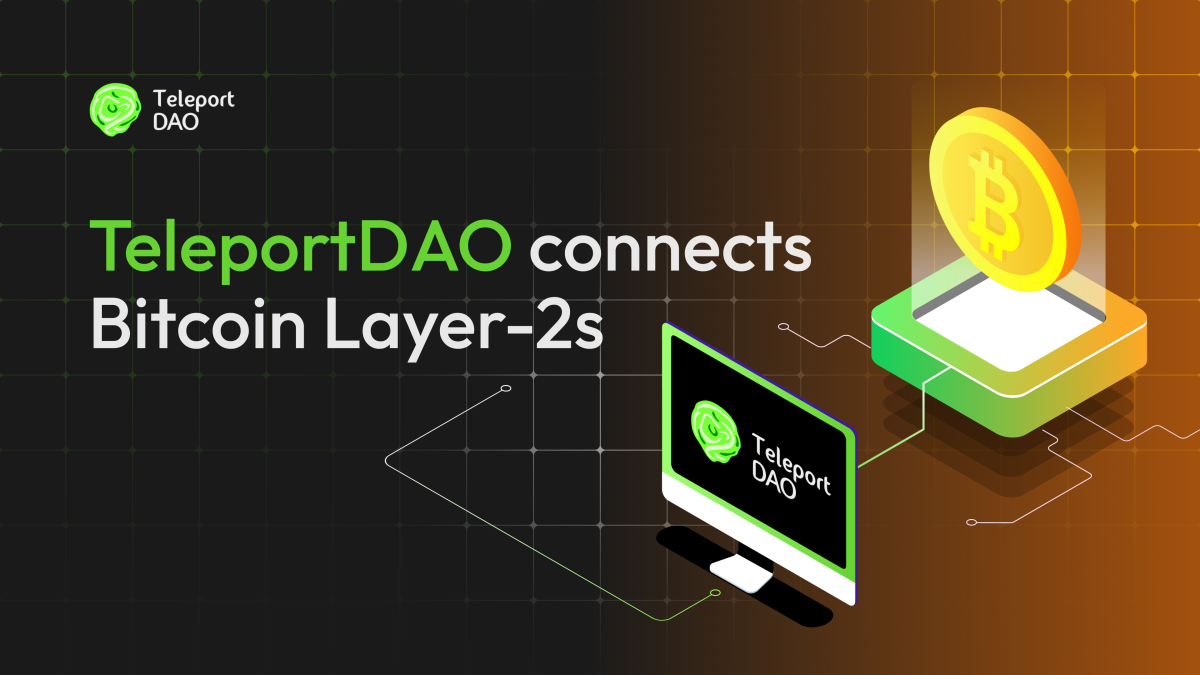The Bitcoin blockchain has evolved beyond its original purpose of facilitating BTC payments. With the advent of Ordinals (Bitcoin NFTs), developers are exploring new avenues on this highly secure blockchain. The introduction of Ordinals marks just the beginning, igniting ideas such as the creation of fungible tokens (e.g., BRC-20s, RUNEs) and the implementation of smart contracts.
This expansion of innovative protocols on the Bitcoin network has led to increased transaction fees, sparking a surge in new concepts. Consequently, Bitcoin layer 2 solutions have emerged, aiming to segregate these protocols onto a separate layer while utilizing the Bitcoin blockchain solely for security purposes.
Numerous Bitcoin layer 2 projects are currently underway, each presenting a distinct security model tailored to specific applications and addressing various trade-offs. These projects seek to attract Bitcoin assets and encourage the development of consumer-oriented applications.
A critical consideration is the secure transfer of assets and data from Bitcoin to these layer 2 networks, as this connection is pivotal for unlocking value in Bitcoin layer 2s. Establishing a bridge capable of facilitating the movement of BTC, BRC-20s, and Ordinals to layer 2 networks, alongside data and messages, is essential. Additionally, such a bridge could play a pivotal role in enabling more sophisticated DeFi applications for Bitcoin, including lending platforms and derivatives markets.
TeleportDAO emerges as the secure link from Bitcoin to layer 2 networks, enhancing Bitcoin’s interoperability by connecting it to both Bitcoin layer 2s and EVM blockchains. This connectivity empowers developers to construct cross-chain applications for Bitcoin on alternative chains and layers, enabling functionalities ranging from basic token and NFT wrapping to more intricate constructs like Bitcoin-backed stablecoins.
TeleSwap and TeleOrdinal exemplify two dApps powered by the TeleportDAO bridge. TeleSwap serves as a decentralized protocol for bridging BTC and BRC-20s to EVM chains, facilitating asset trading between Bitcoin and ERC20 tokens. Meanwhile, TeleOrdinal stands as the inaugural cross-chain marketplace for Bitcoin NFTs, enabling users from EVM blockchains to purchase Ordinals using any ERC20 token within a trustless environment.
Ensuring Bitcoin-grade security is paramount for TeleportDAO. Leveraging light client verification, it upholds the highest standards of security with minimal trust. Unlike conventional bridges reliant on third-party cross-chain data verification, TeleportDAO opts for on-chain verification. This approach utilizes smart contracts on layer 2 or the EVM blockchain to authenticate received data, thereby eliminating vulnerabilities associated with centralized validators and achieving top-tier security in bridging.
As the landscape evolves, TeleportDAO is poised to underpin a plethora of Bitcoin consumer apps, empowering users to leverage their Bitcoin assets across diverse applications and use cases.
